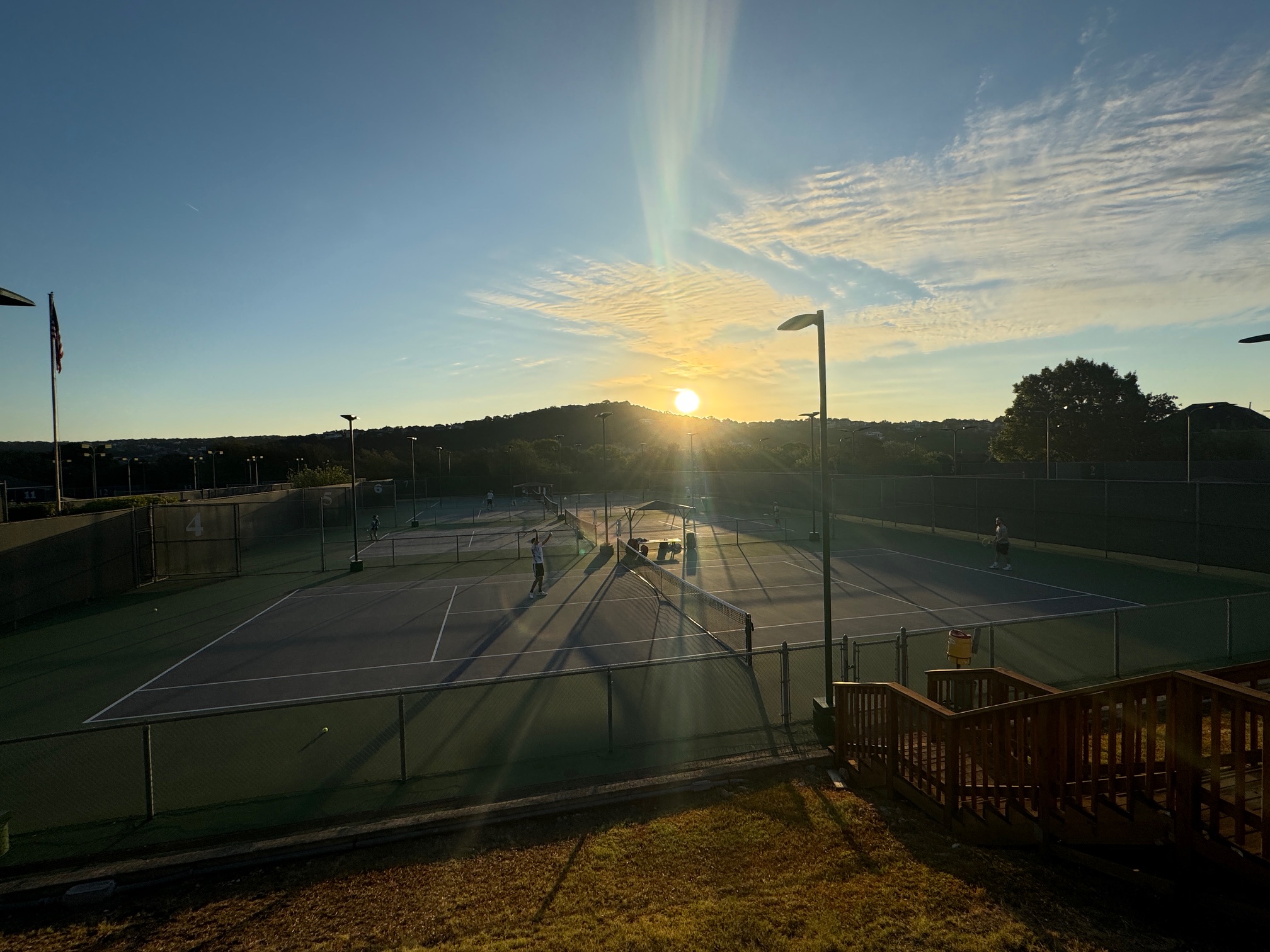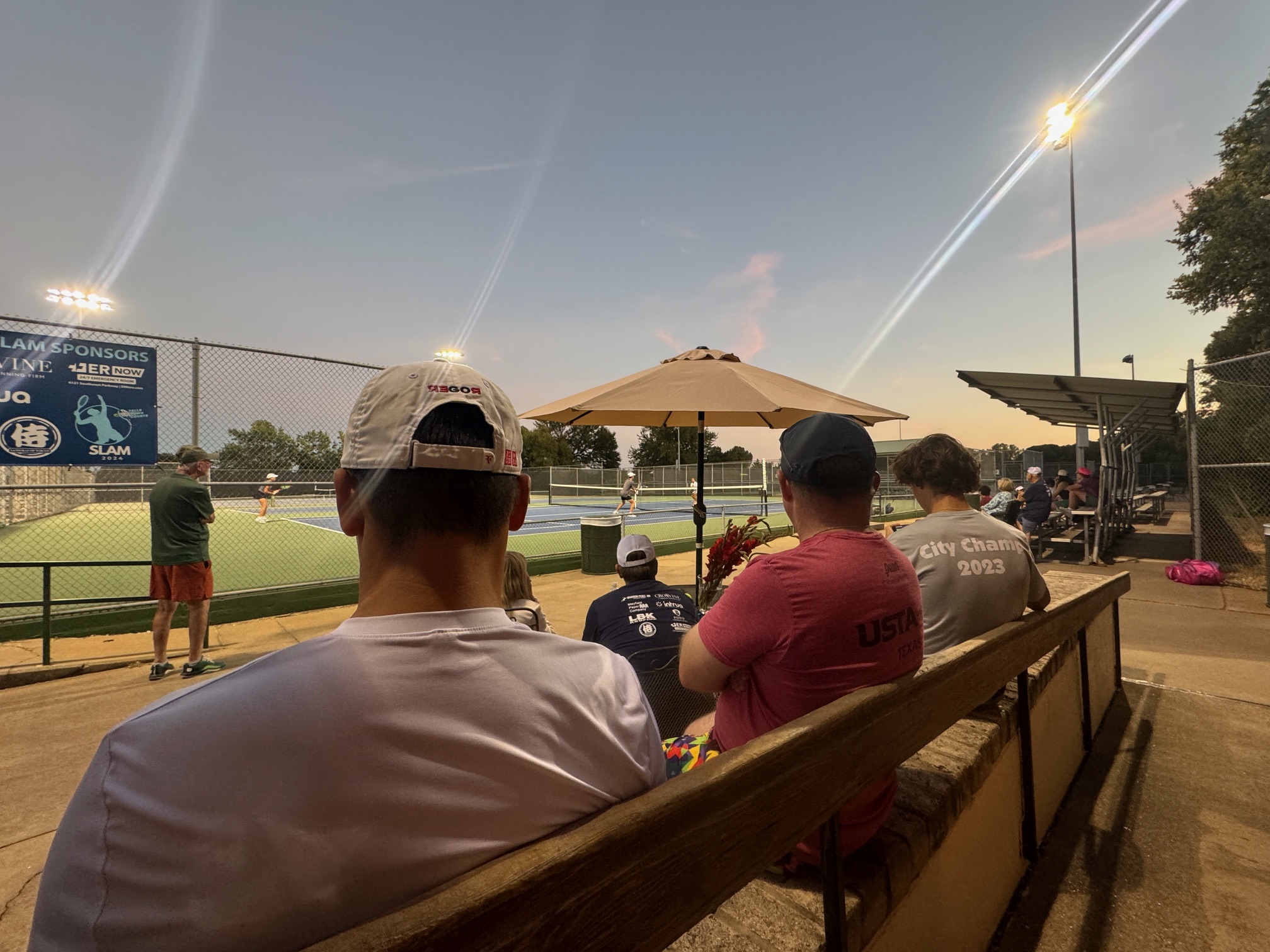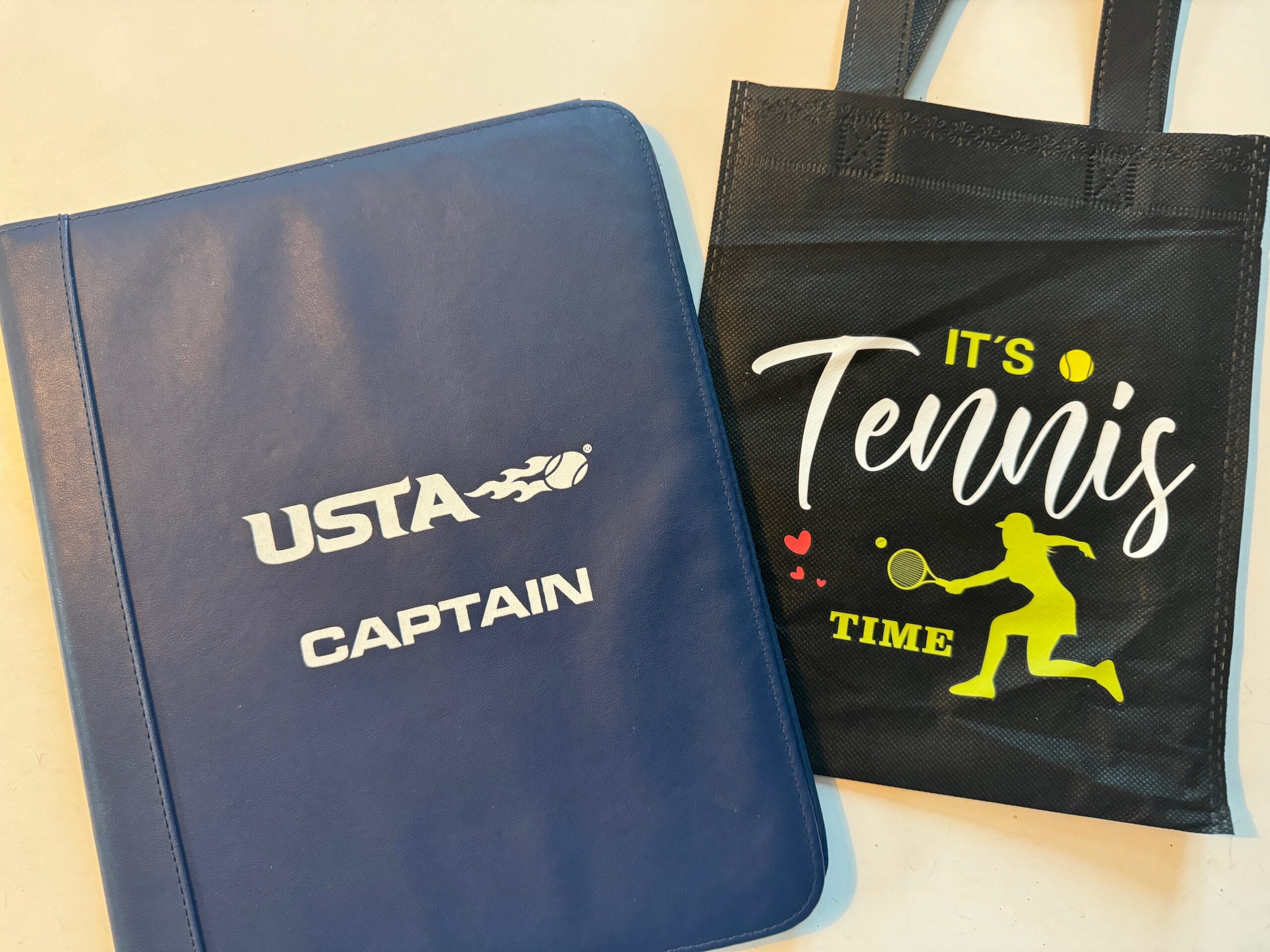The Rules of Tennis
The section on Classification of Court Pace is found in Appendix I of the ‘ITF Rules of Tennis’ which is published as a part of the USTA ‘Friend at Court.’ It provides some basic information and references out to the ITF technical manual that provides excruciating details of the test procedures. Today’s post narrowly focuses on what is contained in the actual tennis rules. It is interesting but largely irrelevant to actual match play.
The “ITF Court Pace Rating” is a single calculated number based on measurable input parameters of how a tennis ball interacts with the court when it bounces. The numerical result is segmented into five ranges. Category 1 is slow, Category 2 is medium-slow, Category 3 is medium, Category 4 is medium-fast, and Category 5 is fast. Clay courts are usually Category 1 and grass courts are normally Category 5. The asphalt acrylic coated courts that most tennis is played on is somewhere in the middle.
Most players have never played a match on a court that has been measured and certified by the ITF. The ITF technical manual even contains a statement acknowledging that court surface testing is optional.
This section does not intend to, nor does it in fact, establish any binding rules or regulations relating to acceptable standards for tennis courts. This section is not part of the Rules of Tennis.
Excerpt from Court Pace Ratings Section, ITF Approved Tennis Balls, Classified Surfaces & Recognised Courts [2]
Paradoxically, the ‘Classification of Court Pace’ section in the ‘ITF Rules of Tennis’ contains a case decision which links the ITF defined ball types to the court pace category.
Case 1: Which ball type should be used on which court surface?
Case Ruling from the ITF Rules of Tennis, Appendix I, Classification of Court Pace [1]
Decision: 3 different types of balls are approved for play under the Rules of Tennis, however:
Ball Type 1 (fast speed) is intended for play on slow pace court surfaces.
Ball Type 2 (medium speed) is intended for play on medium-slow, medium,and medium-fast pace court surfaces.
Ball Type 3 (slow speed) is intended for play on fast pace court surfaces.
As previously observed in “ITF Ball Types” back in June, there are only two Type 1 balls on the ITF approved balls list and zero Type 3 balls. For all intents and purposes, tennis is played with Type 2 balls regardless of the surface of play. It is highly questionable if that particular ITF Case Ruling adds any value.
Most players have little influence or control over the courts their matches are played on. That basic reality relegates court pace discussion and debate firmly into the “overthinking” category. In other words, the hallmark of this site. Consequently, there will be several more Wednesday “The Rules of Tennis” posts on the topic of court speed in the coming weeks.
- United States Tennis Association (2021), Friend at Court: Handbook of Rules and Regulations, White Plains, NY
- ITF Approved Tennis Balls, Classified Surfaces & Recognised Courts, ITF, 2021.




Talking about specific balls for which type court has peaked my interest in the subject.
Being that I live in the Pacific Northwest I mainly play indoors. Because of this it is recommended that we use Reugular Duty tennis balls, but I like to use either Wilson or Penn Extra Duty Balls.
From what I have seen for indoor tennis it is recommended to use the regular duty balls, and the extra duty balls are for outdoor courts.
From my understanding this is a recommended not a hard fast (pun intended) rule! Correct?
Correct. Basically all tennis balls on the US consumer market are Type 2 and intended for any surface. Here in Texas, indoor courts tend to play at a comparable pace to the adjacent outdoor courts. At the US Open the women play with regular duty balls while the men use extra duty balls. This is based on a perception that the regular duty balls are faster. (Also, no ball change when they close the roof.)
I wonder if the indoor courts in the Pacific Northwest are generally slower than their outdoor counterparts for some reason leading to that practice.